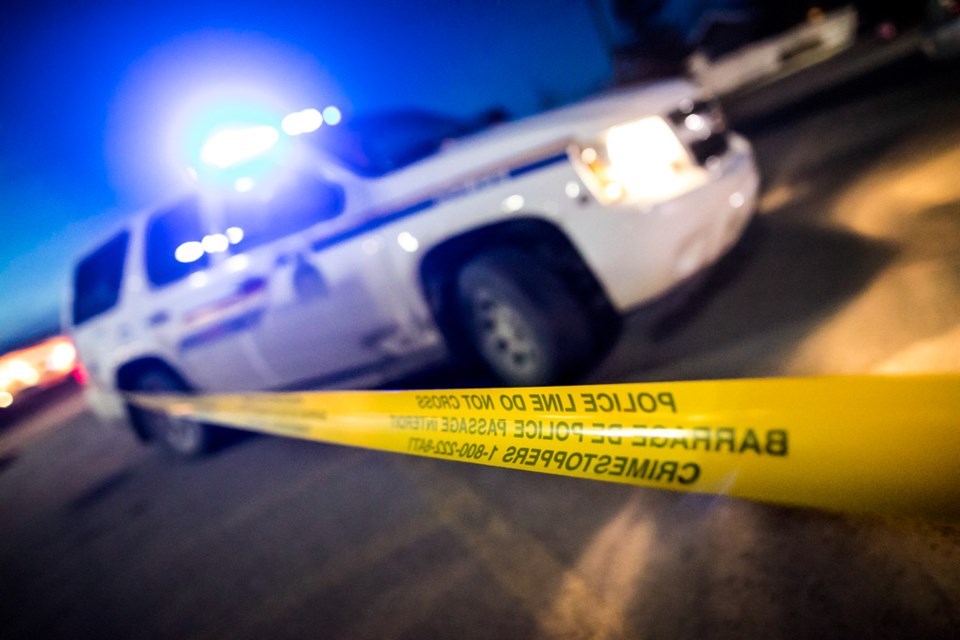Perceptions of increased crime across Western Canada differ from reality, suggests a new survey that compared actual crime reports with perception of crime.
Research Co. and Glacier Media recently asked residents of the four western Canadian provinces about their experiences with criminal activity and their perceptions of how it may be affecting their communities.
Among the four provinces, British Columbia houses the lowest proportion of residents (20 per cent) who have been victims of a crime that was reported to the police over the past three years, such as an assault or a car break-in. This number is at the same level as it was when we asked this question in August 2019.
Residents of northern B.C. (31 per cent) and Metro Vancouver (21 per cent) are more likely to have reported a crime than their counterparts in southern B.C. (18 per cent), Vancouver Island (14 per cent) and the Fraser Valley (12 per cent).
The proportion of Albertans who were the victims of a crime that required police intervention is slightly higher (24 per cent.) Edmonton appears to be afflicted with crime at a higher rate (26 per cent) than Calgary (22 per cent) and the remaining areas of the province (23 per cent).
In Saskatchewan, 27 per cent of residents were the victims of a crime that was reported to the police. In this province, the numbers are highest in Saskatoon (28 per cent ) and drop to 24 per cent in Regina and 18 per cent in other areas of the province.
The results are worse in Manitoba, with 31 per cent of residents experiencing a crime that was reported to the police – including 29 per cent of those who live in Winnipeg and 33 per cent of those in other municipalities.
When the same survey respondents are asked about perceptions of crime, the numbers take a drastic turn towards negativity, however.
About two in five residents of Saskatchewan (41 per cent) and British Columbia (42 per cent) believe the level of criminal activity in their communities has increased in the past three years. The numbers climb higher in Alberta (48 per cent ) and Manitoba (54 per cent).
Some regional disparities are worth analyzing. In the Fraser Valley, where only 12 per cent of residents experienced crime over the past three years, almost half believe crime is on the rise. In rural Alberta, only 23 per cent reported a crime to the police since 2017, but 57 per cent believe unlawful activity is increasing.
In Manitoba, residents who do not live in Winnipeg are more likely to express negative thoughts about the state of affairs (57 per cent). Saskatchewan provides some consistency, with residents of Saskatoon being more likely to believe that crime is increasing in their community (47 per cent) than those in Regina or other parts of the province.
The notion of perception and reality being at odds on criminal activity is not new, and certainly not unique to Canada. The survey outlines some regional variations in the incidence of crime experienced in specific areas, but nothing that would suggest – aided by data compiled by police forces and other measurements – that crime is rising in communities across the four western provinces.
Results are based on an online study conducted from November 14 to November 16, among 800 adults in British Columbia, 600 adults In Alberta, 600 adults in Saskatchewan and 600 adults in Manitoba.
– Mario Canseco is president of Research Co.



